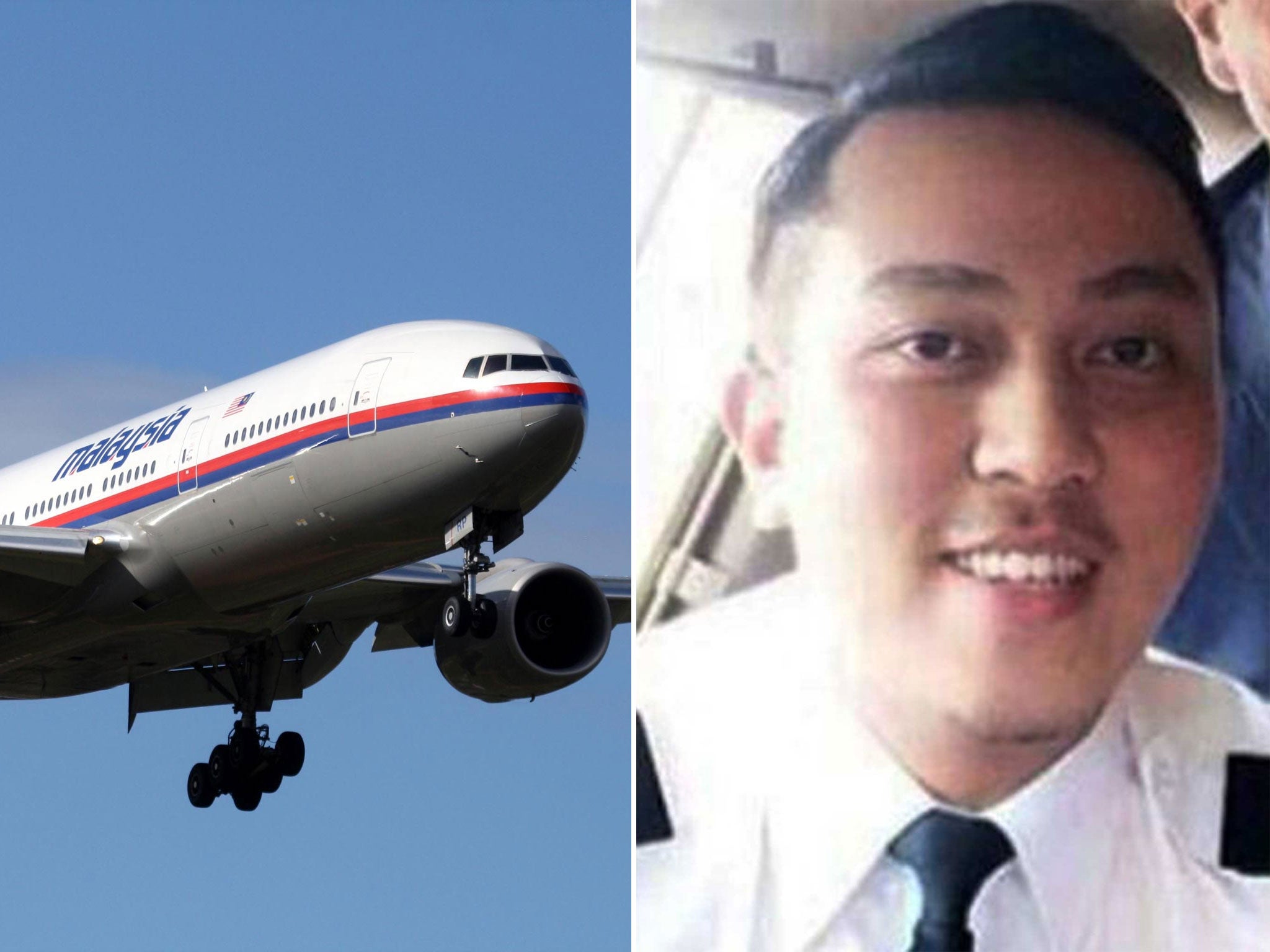Malaysia Airlines MH370 co-pilot's phone 'was on and made contact with network tower' 30 minutes after plane turned around
New details come after reports that first officer Fariq Abdul Hamid ‘tried to make a call’ once jet had vanished

The mobile phone belonging to the co-pilot of the missing Malaysia Airlines flight MH370 was switched on and made contact with a network tower 30 minutes after the plane is believed to have turned back, it has been reported.
A US official, citing information from Malaysian investigators, has told CNN that a network communications tower in Penang, Malaysia, detected first officer Fariq Abdul Hamid’s mobile as it searched for signal.
The official repeated the claims of Malaysia’s acting transport minister, Hishammuddin Hussein, that despite reports at the weekend there was no evidence the phone actually tried to make a call.
But the details do appear to reaffirm the suggestions from radar and satellite data that the plane had been flown off course and was staying low enough that it could obtain signal from a cell-phone tower, CNN reported.
The Penang tower is around 250 miles west of where the Boeing 777’s transponder last sent a signal to flight controllers – and is much nearer to where it was detected on primary radar by the Malaysian military.
Fariq and the flight’s captain, Zaharie Ahmad Shah, have come under intense scrutiny after the plane mysteriously vanished on its way Kuala Lumpur to Beijing with 239 people on board.
Hishammuddin confirmed at the end of last week that a criminal investigation is ongoing.
“Everyone on board remains under suspicion,” he said.
Authorities believe the Boeing 777’s communications were deliberately disabled and radar showed it was flown far off course into the open ocean.
Hijacking, sabotage, terrorism or issues related to the mental health of the pilots or someone else on board were being considered as possibilities.
Meanwhile, recovery efforts in the southern Indian Ocean continued to flounder this week as Australian-led search crews tried to find any sign of wreckage from the plane.
The search has now gone underwater, but the Bluefin 21 submersible vehicle’s first attempt at scanning the ocean floor had to be aborted after the water became deeper than its 4,500-metre (15,000-ft) safe limit.
Join our commenting forum
Join thought-provoking conversations, follow other Independent readers and see their replies
Comments